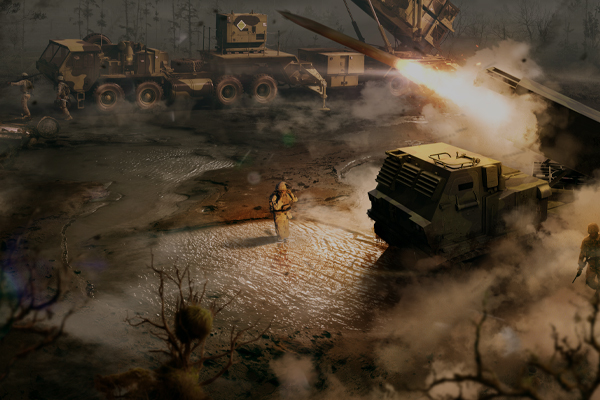The LII Motorized Corps has been sent west to hold or otherwise destroy three bridges that could be used for the retreat. The enemy surely is sending mobile forces to secure them, so it will be a race between limited forces. Air support will only be available for a couple windows of opportunity due to distance from our airfields and the current air battles around Burgas.

14/10/1942
The LII Corps spreads out, every Division has been assigned an objective:
The 202nd Motorized Division will be assigned the two Artillery Regiments available and sent to Kiten.
The 204th Motorized Division will be sent to Dimovo.
The 7th Mechanized Division will be sent to Brusartsi.
The three Engineering Battalions (+60 resources) just arrived will be sent to every bridge to mine it or blow it up. I’m still unsure which Division will get the Support Guns Regiment.
15/10/1942
Both the 202nd and 204th Motorized Division engage enemy units near their assigned bridges: it seems the enemy wanted to be sure to keep the bridges open and intact, a smart move. We’ll have to remove those units and clear the way for our Engineers.

16/10/1942
Elements of the Yugoslavian 35th Motorized and 133rd Pesadija Divisions are spotted south of Kiten. My Artillery Regiments take position behind the first line together with the LII Corps HQ. The Support Regiment is assigned to the 7th Mechanized Division and heads west. The fighting in Kiten and Dimovo go on.
17/10/1942 - morning
The spotted enemy Divisions come up in full force around Kiten, and another Pesadija Division (the 134th) is spotted as well. Fortunately, my two Artillery Regiments finish their set up operations and start firing on the enemy troops that are attempting to cross the bridge. The artillery fire fragments the bridgeheads and allows a counterattack from the 202nd Motorized Division, inflicting heavy losses on the enemy units.
The 7th Mechanized Division reaches Brusartsi and engages an enemy Pesadija Regiment.
The 29° Bomber Group has sent two full Bomber Wings to assist our Operation. The planes will loiter on the battlefield as long as possible, but the lack of airstrips will force them to retreat soon.

17/10/1942 - afternoon
Brusartsi and Dimovo are conquered. An enemy Huszàr Brigade is spotted near the former, then disappears in the woods west of the town; the 7th Mechanized Division is trying to form a defensive perimeter as enemy Mehanizovane Regiments appear south of their positions.
Dimovo seems secure, but Kiten is under assault by overwhelming enemy numbers. During the bomber raids, our planes spot an enemy Regiment from 134th Pesadija Division fording the river uncontested, east of the town. This is bad news as an enemy advance from there could cut off the entire LII Corps from supplies. Our Sappers plant a minefield NE of Kiten following an enemy penetration in the nearby woods.

18/10/1942 - morning
The 204th Motorized Division is sent to help the 202nd around Kiten; it stops two enemy flanking attempts west and east of the town. With Dimovo now undefended, our Sappers plant a minefield at the entrance of the town and blow up the bridge.
The 7th Mechanized Division fends off enemy Mehanizovane units at Brusartsi. Our Bombers go back to their airfields to resupply.
18/10/1942 - afternoon
Enemy pressure at Brusartsi intensifies: an enemy Artiljerija Regiment pounds the 7th Mechanized Division and is trying to flank the city on the eastern side; the 9° Huszàr Brigade is doing the same on the western side.
The arrival of the 204th Motorized Division at Kiten helps stabilizing the front; the enemy is trying to break through our positions, but it’s efficiently contained.













